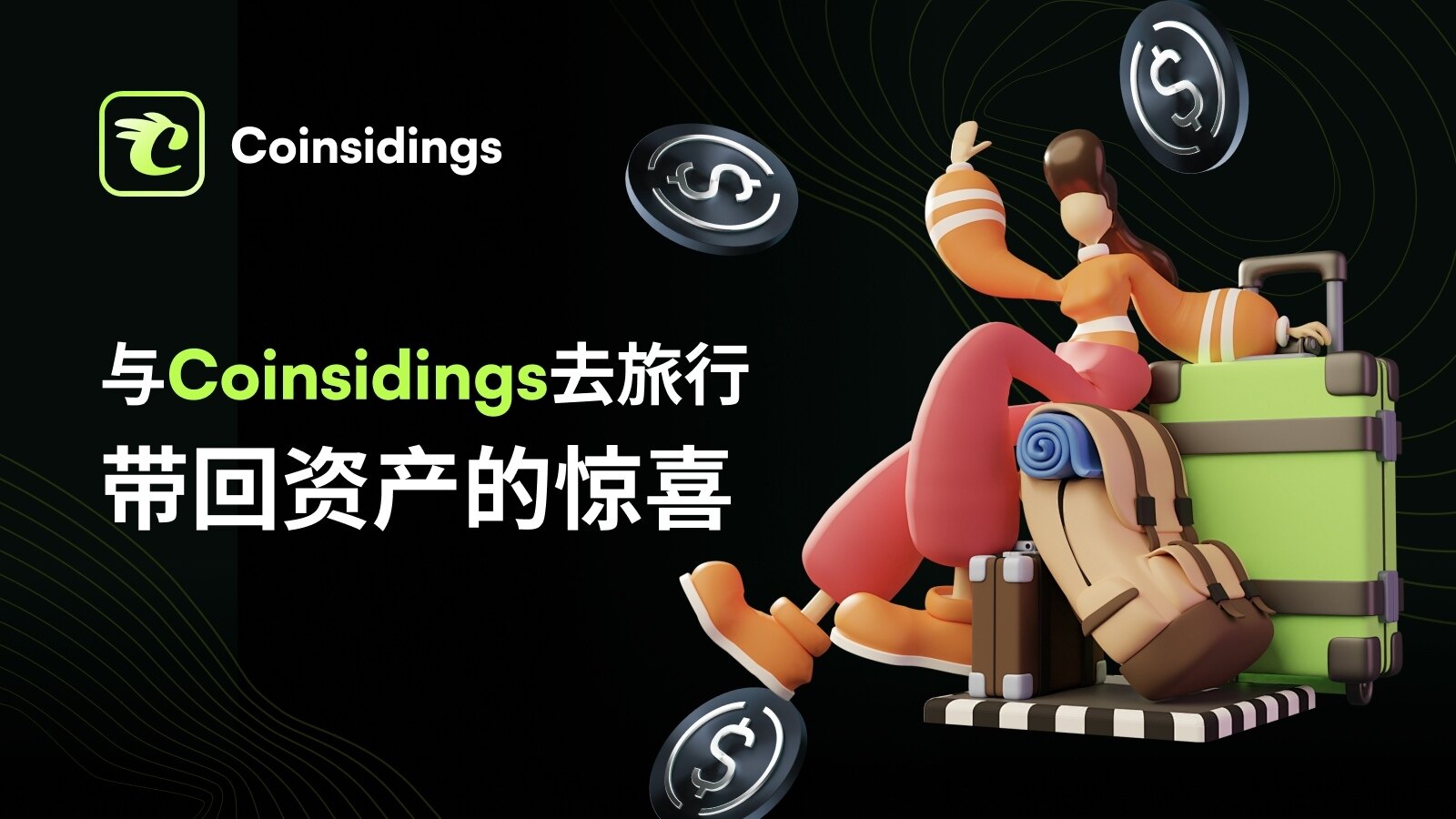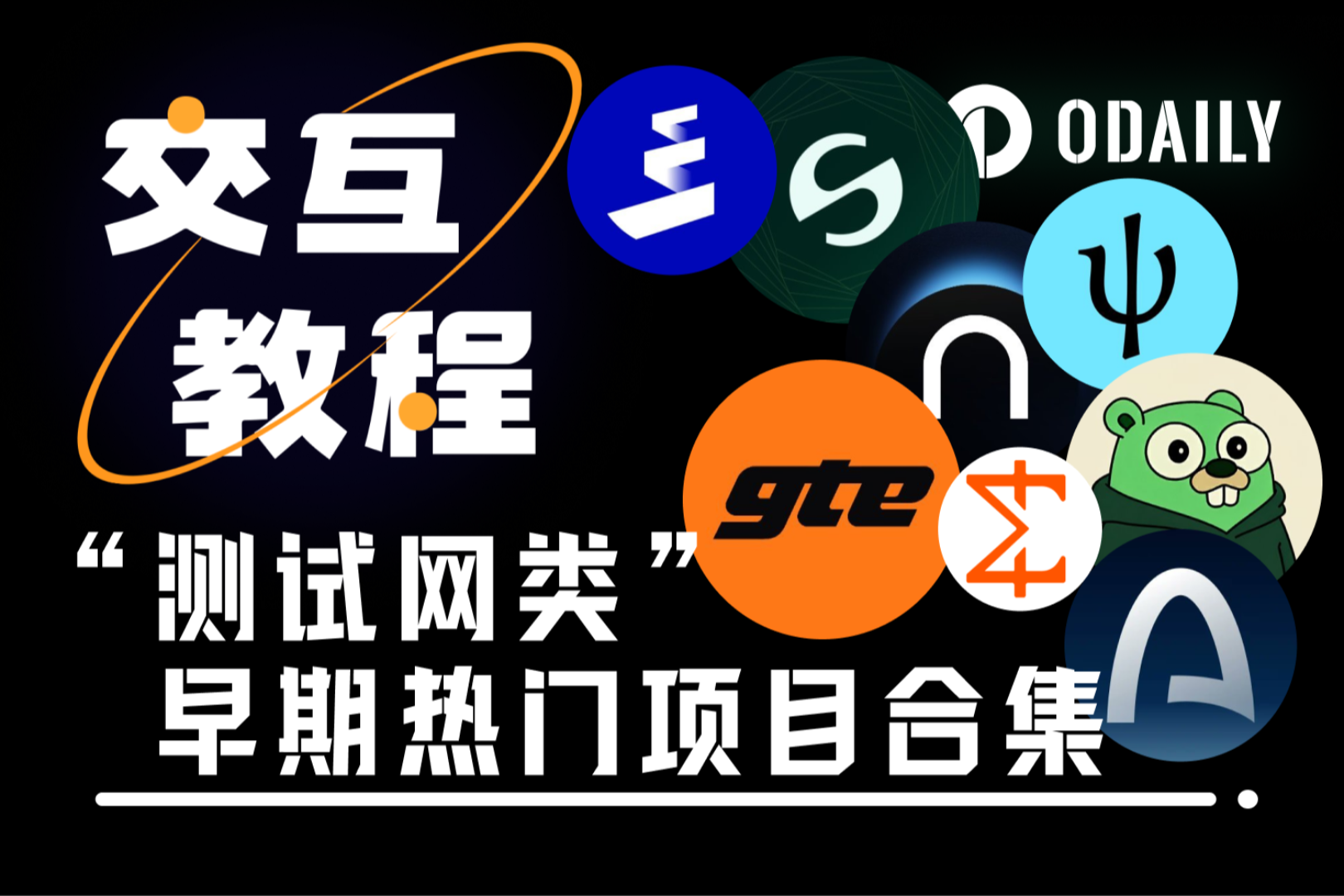The combination of Web3 and offline economy: How Coinsidings becomes the starting point of on-chain travel
- 核心观点:Web3需通过高频消费场景实现链上与线下融合。
- 关键要素:
- 旅游住宿业高频刚需,适合RWA资产化。
- CSS积分串联消费、投资与治理,形成闭环。
- DAO机制将用户转化为生态共建者。
- 市场影响:推动Web3从金融投机转向生活化应用。
- 时效性标注:中期影响。
Over the past decade, the Web 3 industry has experienced a journey from public chain infrastructure development to the DeFi wave, and then to the brief surge in NFTs and GameFi. However, most of this has remained confined to on-chain gaming, digital assets, and financial experiments. One of the most common criticisms of the crypto world is its detachment from real life, preventing it from truly entering the mainstream. While "on-chain life" has long been the desired end point for Web 3 idealists, a truly viable entry point has been lacking.
This question has remained unanswered in the digital world for years. Why can't our on-chain real estate, DeFi, and DAO models be effectively applied to offline life?
Coinsidings offers an experimental answer: promoting Web 3 into daily travel behaviors, socializing and consumerizing concepts like RWA, DAO, and branch indicators, and creating an on-chain ecosystem that is closer to human living space.
1. Offline is difficult to connect to the blockchain: the biggest gap in the Web 3 industry
The development of Web 3 over the years has created many crazes in areas such as trading, NFT, and GameFi, but real offline social and consumption behaviors have always been difficult to sustain.
In the real world, most people's daily consumption, entertainment, and social networks are still completely entrenched in Web 2 logic. Despite the promises of transparency, programmability, and decentralization, blockchain technology has yet to achieve a complete closed loop from the "on-chain economy" to the "offline experience."
The main reasons for this are two major contradictions: first, the inherent virtual nature of crypto assets makes it difficult to directly link them to physical assets; second, the transaction, usage, and profit distribution models of the offline economic system are highly dependent on centralized intermediaries, which is incompatible with Web 3 thinking. This makes "how to embed Web 3 into offline scenarios" a difficult pain point for the entire industry.
Despite past explorations such as NFT tickets, blockchain payments, and Web 3 social networking, these initiatives lack sustainable, scalable use cases. Most users are left holding useless tokens, limited to high-frequency transactions in DeFi and unable to use them in real life.
2. A disruptor that entered the market from the perspective of “room booking”: Coinsidings’ RWA strategy
Coinsidings’ entry point is the tourism and accommodation industry , which is the most frequent and structured sector in offline consumption.
Tourism accommodation isn't just a high-frequency consumption scenario; it also encompasses a vast array of real estate, leasing, and industry collaboration, making it the most quintessential offline industry amenable to RWA. Coinsidings doesn't simply put real estate on the blockchain; instead, it uses RWA design to fragment, digitize, and assetize tourism resources.
On the platform, premium hotels, resorts, and apartment properties worldwide are converted into tradable digital certificates or CSS points. These certificates, combined with smart contracts, enable users to "participate as soon as they book, and invest as soon as they spend." This allows travel assets to truly become on-chain assets in users' wallets, rather than simply a record of one-time purchases.
The design focus of Coinsidings is to form a complete closed loop of offline consumption -> on-chain mapping -> equity return -> re-participation , thereby truly embedding Web 3 logic into the offline transaction process.
3. CSS Points: Behavioral Currency for On-Chain Life
If RWA digitization corresponds to the asset layer, then CSS points are the economic carrier and behavior recording system of Coinsidings' entire "on-chain life system."
CSS (Coinsidings System Score) is not a single-purpose point, but a dynamic equity certificate. It is issued based on user behavior on the platform (such as booking, recommendation, review, content creation, etc.) and can be used in a variety of on-chain financial scenarios:
- Discounts for booking rooms and exchange for on-chain properties
- Participate in RWA new issuance and pre-order incentive activities
- Staking mining, participating in platform governance and DAO proposals
- As the basis for platform dividends and option allocation
This makes CSS no longer just a "reward point" system, but rather a standardized tool for on-chain identity and economic participation. Every hotel booking, every share, and every referral earns you points. These points can be combined with holding time and the positive expected value of platform dividends over a specified period of time on the chain, ultimately evolving into a strategic digital asset.
Coinsidings is creating a Web 3 lifestyle system where “consumption is record, record is equity, and equity is asset”, allowing every consumption of users to become an economic participation on the chain.
4. From hotel reservations to DAO governance: fully integrating life on the chain
Coinsidings' vision is not limited to a hotel booking platform or travel application, but to build an "on-chain life engine" that fully connects the four modules of consumption, social interaction, transaction, and governance .
In this system, users enter the platform as "travelers" and participate in room booking and asset subscription; then they accumulate reputation and rights through content creation (such as travel logs and recommendation sharing); and further participate in platform proposals and voting through CSS holdings, and even decide on the launch of new RWA assets.
This is a complete process of embedding Web 3 logic into offline scenarios:
- Transactions are participation : every booking automatically generates an on-chain equity certificate;
- Social media is about spreading value : every piece of content created can bring points rewards and referral benefits;
- Governance is identity incentive : users are no longer customers of the platform, but part of the DAO.
This model will make Coinsidings one of the few product systems in the Web 3 and offline integration scenarios that can truly "close the loop from entry to growth."
Conclusion: From the crypto bubble to everyday life, Web 3 needs an entry point
The past Web 3 boom was largely driven by financial instruments and speculative enthusiasm. Truly integrating blockchain into everyday life requires finding a scenario where it can be understood, used daily, and accrued value—travel and accommodations—embody all of this.
Coinsidings starts from the travel scenario and creates an on-chain identity system, RWA asset model and governance participation mechanism, allowing Web 3 to move from virtual to reality and from assets to life.
This is not only a platform where “booking a room equals holding shares”, but it may also be the starting point for us to truly move towards on-chain life.



